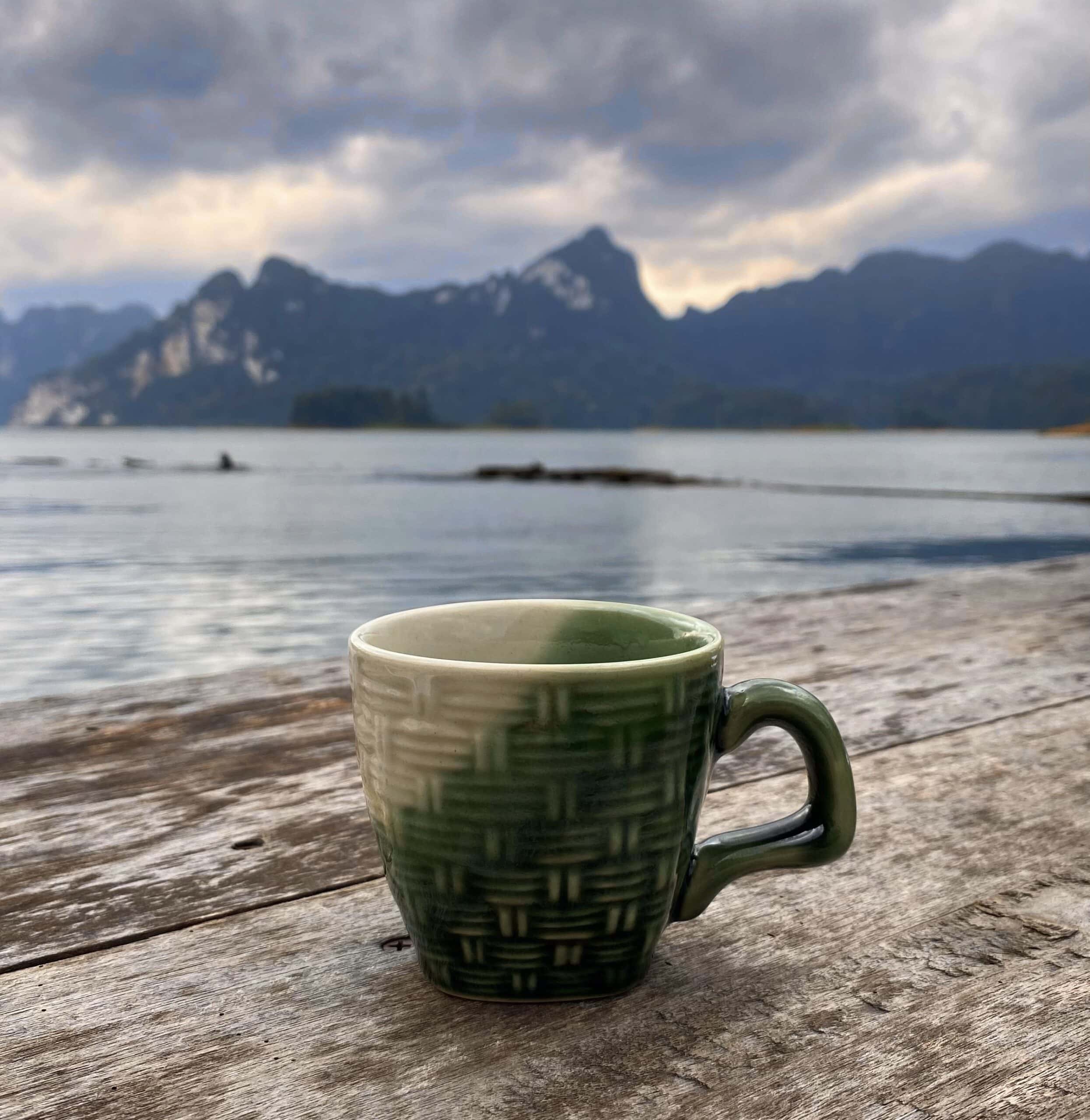Planning various trips over the years has made me realise that I love it; I love finding all the options of things to do at my destination, I love the puzzle of figuring out a place for each one, and of course, I love finally enjoying my trip after all the planning.
The level of planning required is very dependent on the length and nature of your trip, as well as what kind of person you are. If you’ll be backpacking for months and you’re happy to go with the flow, then you may not need to plan quite as much as someone who is darting off on a short weekend trip. However, all of these tips will be useful in some capacity no matter what your trip looks like.
Along the way, I’ve figured out what helps my trips run as smoothly as possible, so I’m here to share five of my best tips with you (but the last one is my all time favourite).

1. Plan time for rest
This one is at the top because it’s important. I’ll assume that your relaxing beach getaway already has a lot of rest built in by default, but if you’re like me and you love to jam-pack your itinerary, listen up.
If you want to spend 12 hours on your feet on both Saturday and Sunday and you think that you can still get through a whole day of commitments on Monday, then by all means, go to town (and then go to the next one along too). To be honest, I have a ‘make the most of it’ mentality so I’ll go big then go home and deal with it after a short trip.
However, you’ll eventually hit a wall (hopefully not literally) if you’re going non-stop for days on end, at which point, something will have to give. Best to plan that yourself rather than your legs giving way mid-trip and deciding for you.
On a week long trip, that might mean having a quiet night in and going to bed early one evening after a day full of activities, or allowing yourself to have a lie in one morning rather than getting up at the crack of dawn for a photo op. One good night of rest and recuperation can have you raring to go again and you’ll be able to enjoy your trip more if you’re not running on reserves the whole time.
2. Plan Some Variety Into Your Itinerary

Seriously, heed my advice on this one because I’ve done it wrong far too many times.
No matter how beautiful the temples and shrines are, they all merge into one if you visit too many in quick succession. I got ‘templed out’ after a boat tour in Vietnam where we stopped multiple times and each stop had another shrine, bearing in mind I’d also seen various temples in the previous days. The same goes with cathedrals and churches; they’re all gorgeous and it’s also nice to have a moment of peace and say a prayer but trust me, too many in one go and you’ll forget what city you’re even in.
I would recommend a similar approach to visiting museums and art galleries. I don’t do museums half-heartedly so if I’m going in, I’m committing to reading all the plaques and learning as much as possible. I once spent three hours at a singular exhibition at the V&A museum. That was double the amount of time recommended so when I say I go all in, I mean I go all in.
I’m aware that most people probably aren’t like me in that respect, but even so, there’s no point in going to a gallery if you will:
- be so rushed that you won’t enjoy it properly
- take away from time you could be spending on something you’ll find more memorable
- aren’t actually interested
I made the mistake of cramming in an awful lot of galleries the first time I went to Paris and it meant I didn’t actually see much else. Short trips can instil an abnormal amount of energy in us, which can make us convince ourselves that we can do it all. A whole city in one weekend. If you spend two days ticking boxes, were you ever really there? Were you really present and did you really experience the city?
3. Research Research Research

Some people seem not to mind planning as they go and if your trip is several months or even weeks long, it makes sense to leave things a bit more open. However, there’s still a ton of research that you can do about the countries you’ll be visiting before hitting the road.
Of course, you could go with minimal knowledge, but if you have a short window of time, you don’t want to waste it figuring out what to do when you get there. It also massively enhances your trip and gives you more of an appreciation for the place you’re visiting if you understand some of its history; why the buildings look the way they do or where some of their traditions come from.
It’s also important to get clued up on the local customs, a common one being that you should cover up in some countries or areas such as in a temple, out of respect. Other things to consider include greetings and table manners.
You should also research national festive periods and holidays. You wouldn’t want to go to Vietnam just before Tet (the festive period when they celebrate Chinese New Year) without realising it, for example. Maybe you do want to be there for Tet, but if you want to get clothes tailor made in Hoi An during your three-day stay, but everyone is putting their prices up because they are about to close for five days, then it might not be so great. Not speaking from experience, obviously…
4. Give Yourself Contingency Options and Be Flexible

The internet and even social media can be very useful when planning trips but sometimes the information may be out of date or simply wrong. A restaurant may have moved or there might be changes in closing times that nobody told Google about. Then there’s always unexpected; number one being the weather but other possibilities could include a leak in a building, a sudden discovery of termites in the roof of a gallery, a lion escaping from a zoo… anything really.
On the morning that I was meant to see Christ the Redeemer in Rio de Janeiro, they told us the fog was so dense that you couldn’t see the statue at all. Apparently it happens quite often so despite our fixed booking time, they were happy to let us try again later in the day and we were happy to switch our day around because we weren’t too precious about our plans. We were there during the Rio 2016 Olympics so had we not been so flexible, we wouldn’t have brushed shoulders with the US Olympic basketball team. Just sayin’.
It’s unrealistic to have a backup for every single item on your itinerary, but if you give yourself some wiggle room and have a few different options, you’ll never find yourself wondering what to do (and the next tip on this list will help). Also, leaving yourself some flexibility with your schedule means that you allow yourself to explore things you didn’t know you would encounter such as a cute cafe, a quaint side street, or maybe even people dancing by the river.

5. Google Maps Pins
Pinning places is a habit I picked up unintentionally over time, until one day, I realised that I had started a kind of comprehensive database that I could reference while I was out and about. Previously I would write things down in my notes app but they would get mixed up with the hundreds of other notes on my phone and I’d rarely be able to find what I wanted, when I wanted it. Goodness knows if I’d even remember to look for the two random places in New Zealand that I wrote down 5 years ago. You know how notes apps are.
Anyway, the simple solution: save them all in Google Maps. The practice of Google Maps pinning allows you to set yourself up for spontaneity.
It is truly game-changing because not only does it mean that you can save places and write notes about them in one app, but you can also categorise them as you wish and save them in multiple places or lists.
You may wonder why it’s any better than just getting organised and putting everything on one normal list. Well here’s the best part my friend…

Let’s say that over the years, you’ve heard about places in Copenhagen that you want to visit so you save them on Google Maps. One day, a friend says “Let’s go to Copenhagen for the day tomorrow!” and you agree. All you’ll have to do is pack your bag and pick up your passport. What you won’t have to do is find time to research things to do in Copenhagen. If the restaurant you wanted to go to has a mammoth queue, rather than wasting your precious time Googling the next best place or continuing to wander around on an empty stomach, you may find that you have pinned a place around the corner. You already know you’ll like the menu and you’ve already checked the reviews so you’re winning.
If there’s a chain restaurant that you want to try out and they have multiple locations within the same city, pin them all. You never know where you might end up.
I even use this strategy in London if I go for random, unplanned walks. I can then consult my pins and see if I’m anywhere near a gallery I’ve been wanting to visit or a park that’s been on my list for a while. It really is genius (if I do say so myself) and I would encourage each and every one of you to get pinning!









0 Comments